I regard geophysics as a necessary evil -something proper geologists use to find out useful things about rocks but should otherwise avoid if they know what’s good for them. Some people understand geophysics -they design clever equipment with wires and buttons and dials that geologists pay a lot of money to rent- but I don’t, never will, and never really wanted to.

AC/DC
In first year university, I hated maths only slightly less than I hated electro-magnetic theory in my physics classes. I couldn’t make head or tail of the circuit diagrams in AC/DC network lectures, emerging from each class in a cold fear sweat at the thought of the end of year exam. To this day I harbour a violent antipathy toward the first earth scientist that cobbled the 2 disciplines together to make the Franken Science we now call geophysics.
(Wikipedia tells me that honour goes to one Everette Lee DeGolyer, the “father of applied geophysics”, who pioneered its use in the petroleum industry. He passed away in 1956 at the age of 70; far too old if you ask me.)
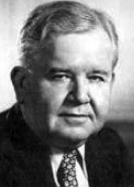
But I digress.
As a 19-year-old student in the early 80s, I snagged a 3-week summer job with the British Geological Survey. I packed up my stuff in my trusty yellow Berghaus backpack and headed to the Stranraer peninsula of southwest Scotland with another student I’ll call Chris. I was hired as -yes, you guessed it- a field assistant to a geophysicist called Keith.
Are You Experienced? No.
God knows why they chose me. My CV was handwritten (badly) and went into great detail about my total lack of geological experience, highlighting the usual weekend and summer jobs: fish and chip shop, butcher’s assistant in Waitrose, greengrocer’s and the like. All solidly ungeological. But I wasn’t complaining. It paid well – £160 pounds a week for 3 weeks, a fortune for me when I was living off £70 a month at university.
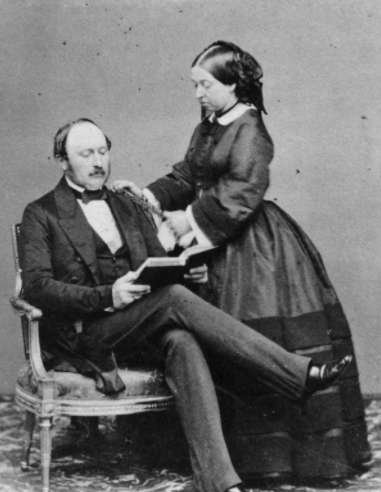
Keith was working with a proper geologist, Rob, who had a hammer and shunned wires and electrodes. Rob was mapping the area, which hadn’t been mapped for close to a hundred years. What maps did exist were comically out of date; the last time any geologist had given any serious thought to them, Queen Victoria was moping around Buck House dressed in mourning black for her beloved Albert. Hence, our job was to apply various geophysical techniques -VLF, IP, magnetometer, gravity- to support the fresh conclusions to be gleaned from Rob’s mapping.

Glenwhat?
We were based out of the small farming towns of Glenluce and Wigtown. It’s an interesting part of Britain, very removed from my naïve 1970s home counties upbringing. In the days before cable TV or the internet, people made their own fun (remember that?), and the locals played a lot of lawn bowls. Whole villages would turn out to the bowling green on a nice summer evening to scream and shout at the players, drink whisky, and bet on the games.
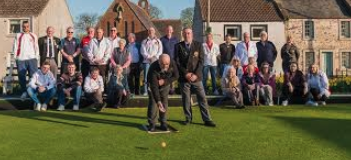
It’s also farm country and can smell pretty funky when the warm summer weather comes around. Cows, sheep, bullocks, horses – basically anything with hooves that lives in a field and shits large grassy turds- inhabit the dry-stone-walled fields of the peninsula. This presented us with some practical issues, as the long geophysical lines we surveyed always ended up cutting through fields full of frisky animals.
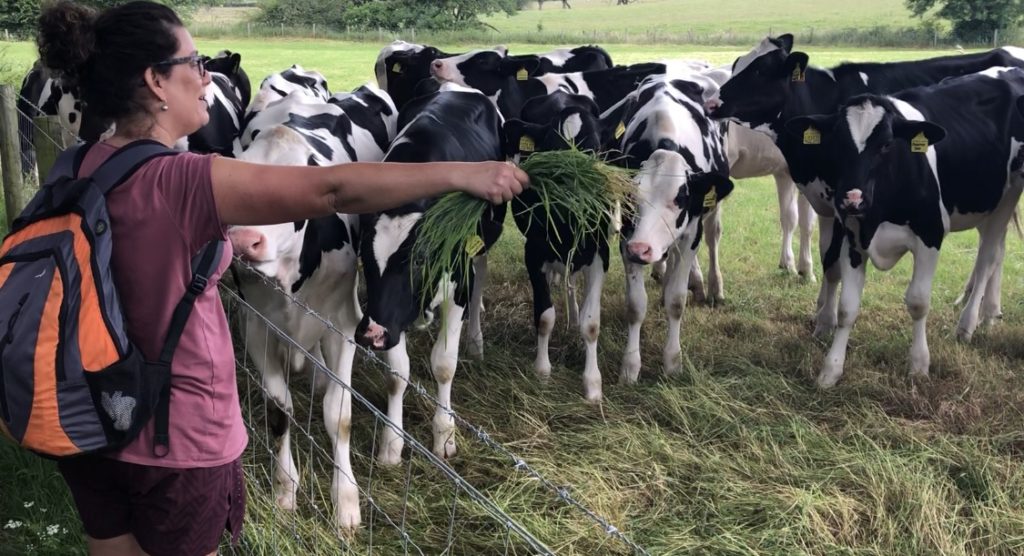
Straight Lines & Till
One of our jobs was running proton magnetometer and VLF lines in as straight a line as possible for miles across country, probing the thick glacial till for faults and structures in the underlying bedrock.
We worked as a pair, one carrying the magnetometer with its sensor staff and taking notes of the readings, and the other using the VLF. The VLF was a curious instrument that relied on a low frequency military radio signal from Portland, Maine in the US. To use it, you bent forward or backward until the sound of the radio signal reached a maximum, which is when you took the reading. You end up looking like one of those glass, drinking-bird curios, bobbing up and down on the mantlepiece.

about to confuse me.
Safety First
Keith, with years of field experience, took animal safety precautions very seriously. We were given a stern lecture on how to behave around sheep, horses and bulls.
We all know that sheep are relatively docile idiots. Horses are a little unpredictable but accustomed to human contact. Bulls are dangerous but easy to spot; big bastards, a few to field, with pendulous nuts and big horns, keen to mete out violent death to interlopers.
He reserved special attention for bullocks; the young castrated bulls reared purely for beef. The local farmers kept hundreds of them. They were everywhere, full of teenage bovine energy and very curious.
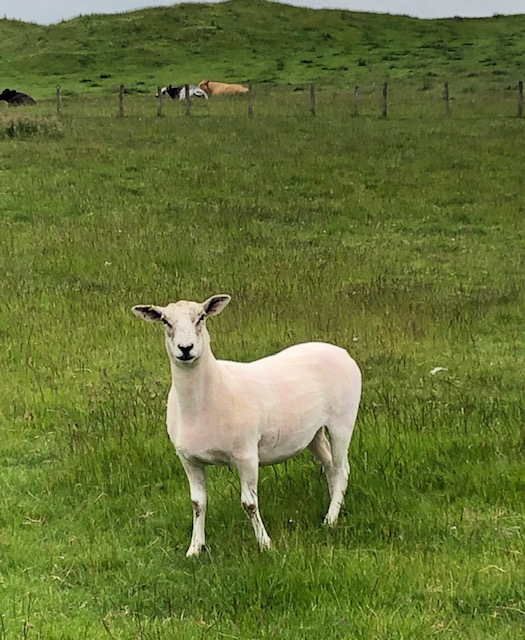
Bullocks
Remember, bullocks like shiny things. Said Keith. And the proton magnetometer is shiny so they may come towards you to see what it is.
Ok. We said. Understood. Shiny. Bullocks like shiny.
If they charge you, stand your ground, said Keith. And they’ll run away if you shout at them.
Ok. We said. Stand our ground. Right. Got it.
Two days later, one of our survey lines was cut by a dry-stone wall. On the other side, was a field sloping down away from us, with a brow obscuring the bottom end of the field. We stopped for lunch and broke out the sandwiches, crisps, and cans of Tizer. Half an hour later, lunch out of the way, we jumped the wall to continue our traverse.
Run Away

At the brow of the hill we stopped to take more measurements. But we were so focused on our jobs, neither of us checked the bottom end of the field for farm animals. Which was a pity.
There was a nasty, muddy pond. But not an empty nasty, muddy pond. Three or four hundred head of bullock stood knee deep in the murky water, covered in mud and shit and clearly enjoying themselves. But so far, they hadn’t seen us. We could still back away gingerly and make for the safety of the wall, maybe find a way around the field, so that was ok. Phew.
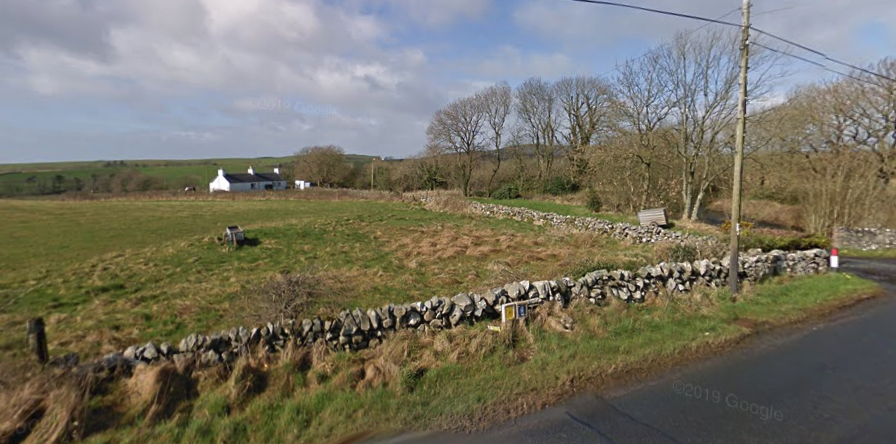
Then the sun came out from behind the clouds. The magnetometer caught the light and glinted and sparkled and the buggers saw us; three hundred idiot bovine heads turned our way en masse and they started running up the hill toward us as fast as their shit-caked hooves could carry them.
Keith’s warning words echoed across the landscape:
Remember, the bullocks like shiny things. Said Keith. And the proton magnetometer is shiny so they may come towards you to see what it is.
Fuck. What did Keith say we should do? I shouted at Chris.
Stand our ground. He answered, not particularly helpfully.
Death or Glory
I had a stark choice. I was carrying the VLF. It was smaller and lighter than his magnetometer which meant I could run for the wall, get over it first and leave him behind in the mud and slime to get trampled. Or I could do the right thing and wait with him, two geologists facing their fate together, united in a glorious professional death. We’d be legends, albeit flatter than we started the day and also dead, but geoscience legends who died for their trade. I stayed.
The thunderous sound of hooves got louder, and we waited for certain death. It’s at this point that you can probably spot the key outcome of the story. I didn’t die.
At the last moment with the wall of beef no more than 20 yards away, we both shouted. Nothing coherent – just a guttural scream accompanied by lots of panicked arm waving. As one, the bullock stopped dead in their tracks, turned around and fucked off, high speed, back down the hill to the safety of the pond. We ran for the wall, checking behind us as we went, to make sure the animals hadn’t changed their minds about how scary we obviously were. Keith was right. Stand your ground because bullocks are chicken shit.
And that was my first and only experience with the practical aspects of geophysics. It nearly ended in violent death and was, I decided, never to be repeated. Ever since, I’ve left the actual surveys to the people who enjoy doing them, the sad bastards.
Don’t Forget
If you hate geophysics as much as I do, leave me a nasty comment about it or send me your own story about the strange torture that the science has become. You could also seek counselling from me via the electrode-free subscription box at the top of the page which will sign you up to urbancrows.com. I’ll be sure to email you more dull stories about my adventures in geoscience in the future.

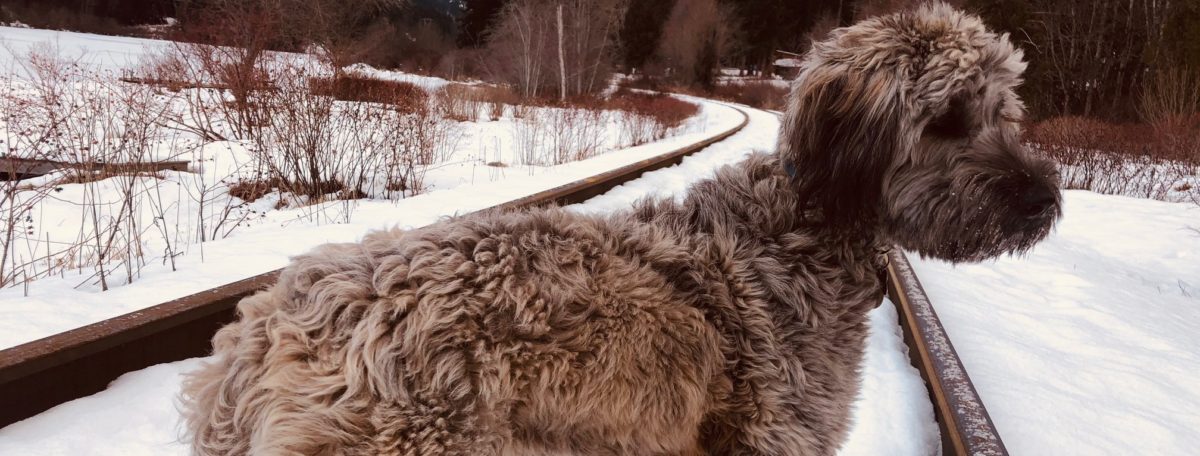
I worked on a seismic survey team in the Sudan for a short while. My best job was being told to count the boxes of seismex. The explosive we used to put down the holes to make bangs, technically speaking. Given it was a massive Kenworth flatbed this was quite a big job. I was helped by a local guy who thought it hilarious to drop boxes, say “oops” closely followed by “bang”. Wasn’t long before I moved into Mudlogging.
I have a photo you sent me years back of you sat on a dodgy looking camel in the Sudan.
Ralph,
Have to confess that I fondly remember VLF, principally because it was very quick to complete a survey line – which meant when it was my turn to have a go with the tiltometer during our undergrad geophysics field trip in Devon (from Leicester Univ.), I was first in the pub for a very long and drawn out lunch. Now, what could be wrong with that?!
Nick
Priorities!
Geophysicists get to play with some interesting toys though, particularly the ones that explode, or electrocute, or fry with electromagnetic/radioactive energy. And the surveys can be monumental logistical efforts. I remember one of the seismic surveys in the Bushveld, where overnight rain had turned the black cotton soils to a swamp, which promptly claimed our Cat D6, which sank until only its cabin could be seen. Took a week do dig out once the rains had stopped.